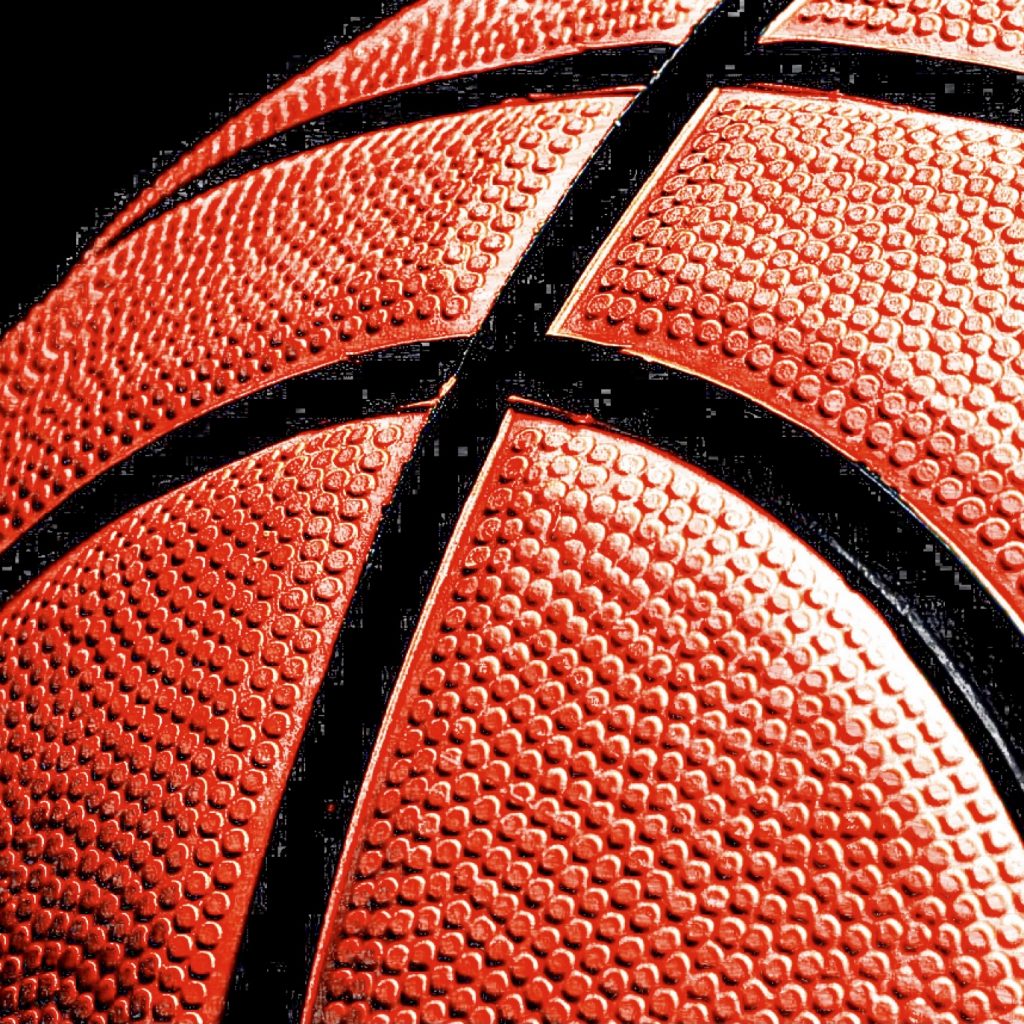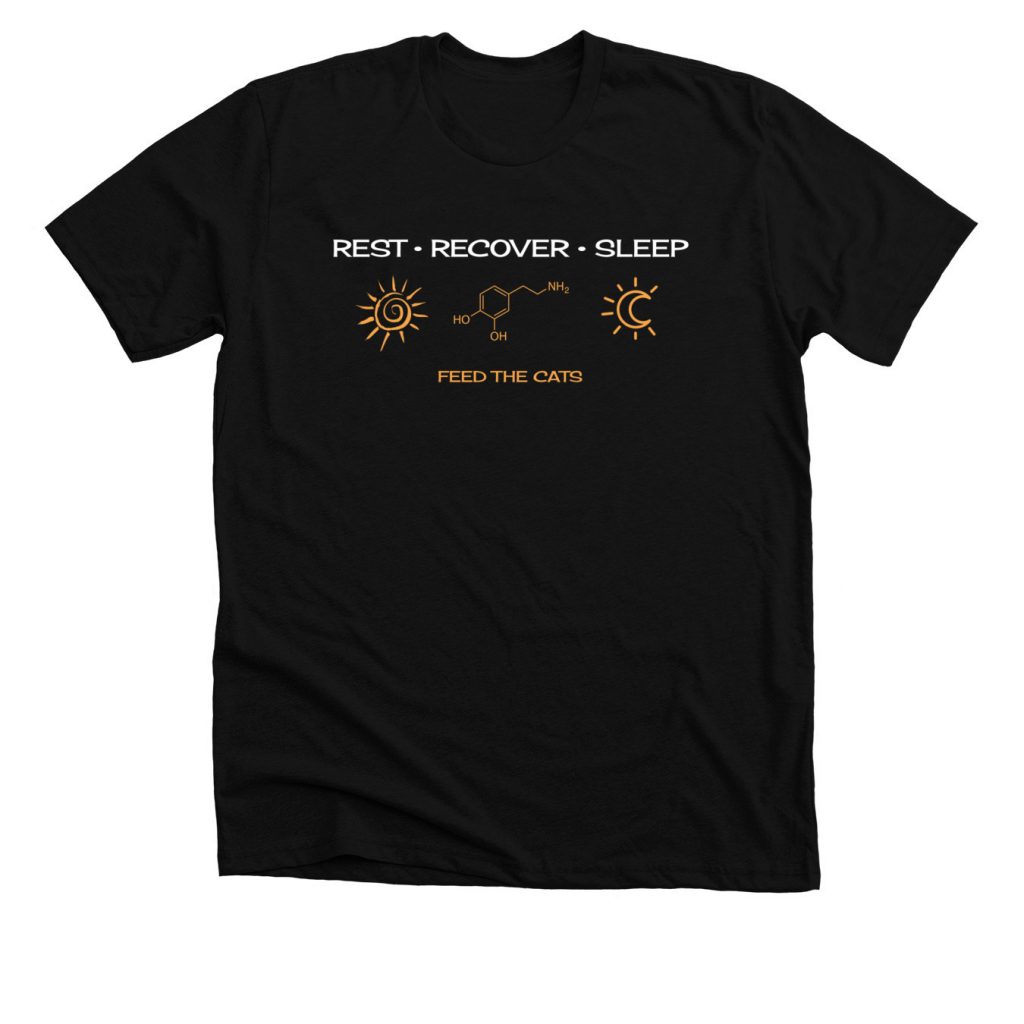
Feed the Cats: Basketball
How do you FEED THE CATS as a basketball coach?
All overarching principles of FTC are applicable to basketball.
🏀 #1) The foundation of high performance is rest, recovery, and sleep. Sleep is more important than practice.
🏀 #2) Sprint, don’t run. Quality > Quantity
🏀 #3) Perform in practice. Moderate exercise never leads to extreme performance. And, don’t wait until championship week to value performance, start on day one!
🏀 #4) Never let today ruin tomorrow. Don’t burn the steak.
🏀 #5) Let the actual competition be the hardest thing you do. Stop practicing long and hard trying to make games easy. Fast and healthy players who execute will win the fourth quarter. Getting tired in practice has no bearing on how fresh you are at the end of a game. Tired is the enemy, not the goal.
🏀 #6) Rather be 100% healthy and 80% in shape, than the other way around.
🏀 #7) No conditioning. Eliminate aerobic-focused work. Get into shape by practicing with game-like intensity. Stack anaerobic work.
🏀 #8) Practice fast and intense, not long and hard. (And, in order to practice fast and intense, practice must be choppy with periods of recovery.)
🏀 #9) Alternate “high” and “low” practices. Within “high” practices, include “high” periods and “low” periods.
🏀 #10) Pareto Principle: 20% of our work produces 80% of our results. Constantly re-evaluate what you do. Search for the 20% that truly matters. DO LESS, ACHIEVE MORE. Never fill time. Practice the “Disciplined Pursuit of Less”. #Essentialism.
🏀 #11) Make your practices THE BEST PART OF A KID’S DAY.
🏀 #12) Attract great athletes to your team. See your sport through the eyes of your players. Promote. Own the narrative.
🏀 #13) Facilitate growth. Encourage your players to “build their own house.”
High and Low
In terms of basketball, *HIGH* would be full-intensity game-like work. The goal should be achieving an intensity greater than the game. To do this, you must microdose that intensity and give adequate recovery between outputs. Get rid of the traditional basketball approach where teams practice in a constant state of fatigue. Another term for a “high” practice is a PERFORMANCE practice. “High” does NOT mean exhausting. Performance practices feature short bouts of fast-speed high-intensity play. #Caffeinated
A *LOW* practice (aka FUNDAMENTAL PRACTICE) is not a walk-through. Fundamental practices are calmer, more business-like, and less caffeinated. Fundamental practices will attempt to improve skills, especially the most important skills… *shooting*, dribbling, passing, blocking out, closing out, etc. Fundamental practice days are also good for teaching and game-prep. The most important thing about a “low” practice is to set up a “high” practice (or a game). Constantly remind yourself, “Don’t burn the steak.”
The Monday-Thursday Game Week
Monday – game
Tuesday – fundamental, weights
Wednesday – fundamental
Thursday – game
Friday – OFF
Saturday – performance, weights
Sunday – OFF
I’m not big on in-season lifting but I probably would lift if I coached girls or lower-level boys. Lift after practice Tuesday and after practice Saturday. I’d make a big deal out of giving them Friday off. I would also build up Saturday practices as the highlight of the week.
The Tuesday-Friday Game Week
Monday – performance
Tuesday – game
Wednesday – fundamental
Thursday – funamental
Friday – game
Saturday – OFF
Sunday – OFF
I don’t like this schedule. With this schedule, Sunday would be the PERFECT day for a performance practice but most school districts don’t allow Sunday practice. If you can have practice on Sundays, then you go M-fundamental, T-game, W-OFF, Th-fundamental, F-game, S-OFF, Sun-performance. If you can’t practice on Sundays, I suggest giving your team the entire weekend off.
The Friday-Saturday Game Week
This was the way varsity boys basketball teams used to do it. Administrators didn’t like having game duties on Friday AND Saturday night, so they were always lobbying for a Tuesday-Friday schedule.
Yes, it was hard to go back to back nights, but we got to play at prime time on FRIDAY and SATURDAY night. The pep band never took a night off. The preliminary game would start at 6:30 and the varsity game would start around 8:15. Now games start earlier so supervising adults can get home earlier.
Monday – Performance
Tuesday – Fundamental
Wednesday – Performance
Thursday – Fundamental
Friday – Game
Saturday – Game
Sunday – OFF
Only one day off is not optimal but with six days, you could really back off on Tuesday and Thursday. If those practices lasted only an hour or so, the net effect was another off day.
Five Things Basketball Coaches Get Wrong
CONDITIONING. I’ve seen coaches who condition at the beginning of practice, during practice, and after practice. Tired is the enemy, not the goal. Practicing in a constant state of fatigue guarantees you are practicing slow. It also guarantees that your kids see practice as drudgery.
PRESSURE FREE THROWS. Sounds intuitive, right? Doing free throws during conditioning to learn how to shoot free throws tired. Miss the free throw and everyone runs. Dumbest thing ever. Practice skills when fresh.
DRILLS. DRILLS. DRILLS. It’s like the coach asks himself, “How do I fill two hours?”, then he fills it. William Yeats said, “Education is not the filling of a pail, but the lighting of a fire.” Drills also allow coaches to be lazy. Drills are the equivalent of “busywork” in the classroom. Packets of worksheets keep kids busy but it’s just filler. (Disclaimer… some drills are valuable, many are not.)
UNFOCUSSED SHOOTING. I’ve witnessed basketball practices where players didn’t EVER do a focused shooting drill. EVER. After doing mindless drills, tons of conditioning, and sloppy scrimmaging, there wasn’t time to work on basketball’s most important skill. Also, if you want to take shooting to the next level, Record, Rank, and Publish. As a track coach, I say that if you aren’t spiked-up, getting timed, times recorded, ranked, and publish, then you aren’t sprinting. I feel the same way about shooting. Players will not shoot with game-like focus unless the coach finds ways to promote it.
PRIORITIZING EFFORT. Coaches prioritize effort instead of performance. It’s baked into the cake. But we must practice hard to get into shape for the game! With constant movement, infrequent short breaks, and way too much conditioning, basketball players practice at practice speeds, not game speeds. Coaches love high-effort players, but high-performance wins games.
But We Need to Work Them!
I guess we need to define work. Work to me, through an athletic lens, should be an attempt at improvement. In a basketball sense, work should make players better shooters, dribblers, passers, and defenders. Getting tired has nothing to do with those skills. In addition, work is an attempt to execute to perfection. Execution is simply discipline, attention to detail, and developing winning habits. Players need to learn the intensity needed to win games. Everything in this paragraph defines “work” through the lens of performance, not drudgery.
To most coaches, work is defined more traditionally, having nothing to do with performance. Synonyms for “work” include labor, toil, exertion, effort, slog, drudgery, and my least favorite word, GRIND. I think the words slog and toil describes most basketball practices I’ve witnessed. Slogging and toiling are not prerequisites for high performance. Work, to me is something like roofing a house or laying concrete. Coaches need to stop working and feed the cats instead!
My father was a Hall of Fame basketball coach (47 years, 631 wins). Like all great coaches, Dad was at his best when we were preparing for a big game. He’d call us together and look into our eyes, “This is the big week. We are going to cut practice from two hours to 90 minutes and do no conditioning.” We would look at each other with an immediate sense of excitement. Then we would practice at a hyper-speed pace. Not just maximum effort, but also maximum speed and intensity. When we’d win the big game, Dad would be proud of his plan. My question would be, “Why don’t we always practice like this?”. If short practices and no conditioning creates game-speed practice, why wait until the week of the big game? #DoLessAchieveMore

The T-shirt: No Grind
Disclaimer, many high school varsity boys basketball coaches run practices that I truly appreciate. I’ve had the opportunity to watch many college practices in my life. The coaches I’ve observed truly valued performance in every practice. There was no drudgery in their work. However, the vast majority of kids playing basketball never get to play for a great coach. Drills and conditioning become the basketball experience for way too many kids.
This is my second basketball article. My first was, Basketball Advice From a Sprint Coach.
Good luck to every basketball coach out there. FEED THE CATS!
Tony Holler
@pntrack
630-849-8294
+++
Show your kids you care about them!
Feed the Cats!

You boost your dopamine levels with exposure to sunshine and getting eight hours of sleep. The T-shirt: Rest Recover Sleep

Coach Holler,
Could you give an example of what having “high” periods and “low” periods within a high practice would look like?
Also, you say drills are the equivalent of “busywork” in the classroom but that some drills are valuable despite the fact that many are not. How do you tell whether a drill is valuable or not?
Thanks
Basically it’s the difference between low and high practices. Let’s say you just did 10x 30 second 4 on 4 defensive segments with max intensity. You could follow it up with a post play with your bigs and 3-point shooting with your guards. You are simply allowing for some less caffeinated work to recover from your hyper-speed stuff. My point… you can go gonzo for two consecutive hours, just like you can’t go gonzo every day in practice. Training needs to ebb and flow or else you will be in a constant state of fatigue.
That makes sense. Thanks for the example. And in terms of choosing what drills are worth doing and which ones are not do you have some sort of method for judging that?
Just common sense. As a coach, you understand stuff that drains the tank and stuff that doesn’t. Easy to recognize parts of practice that make players pant and the parts that can be done with lesser outputs.